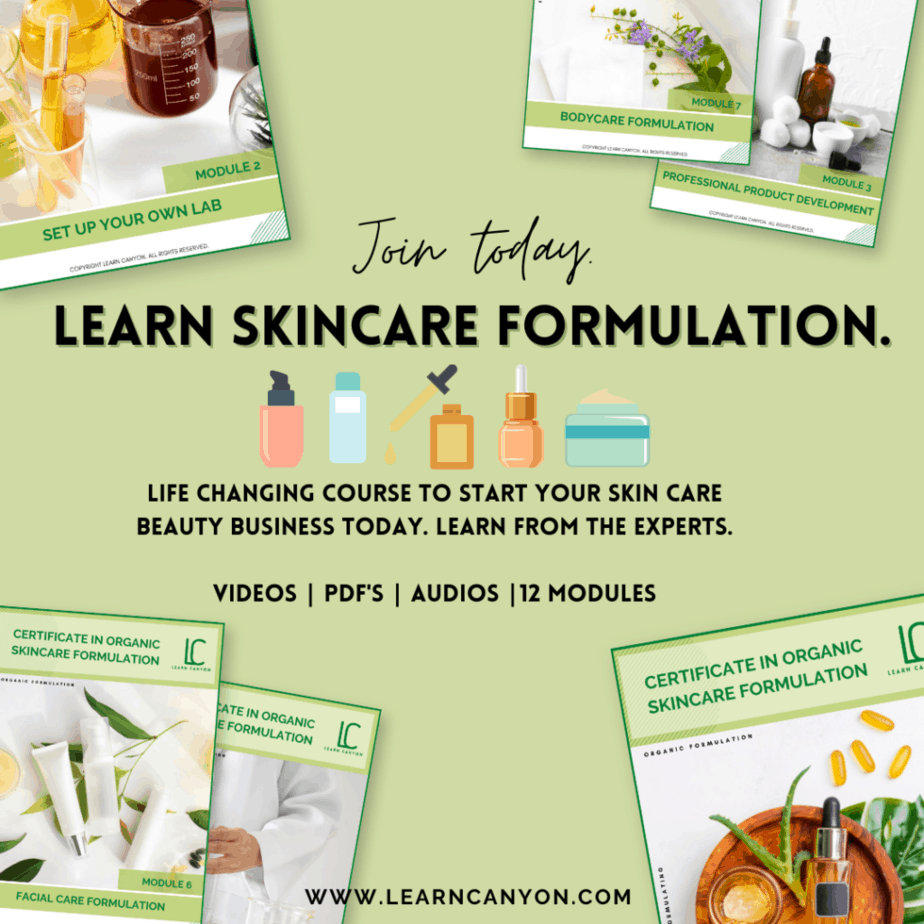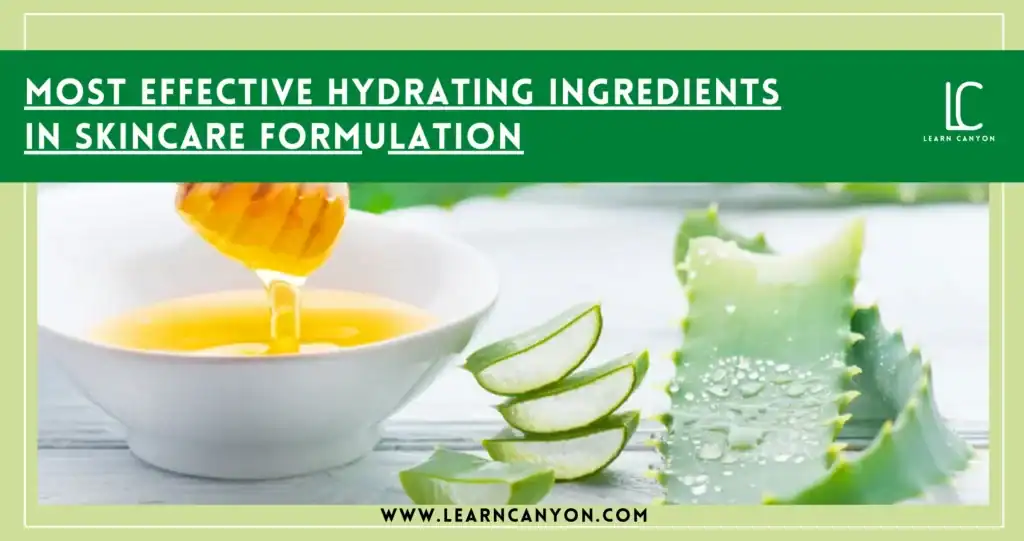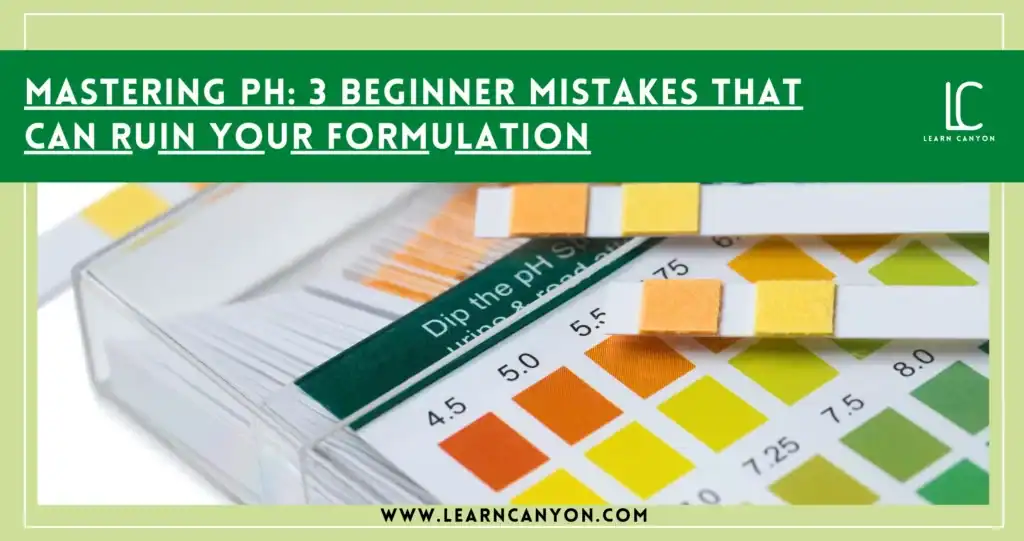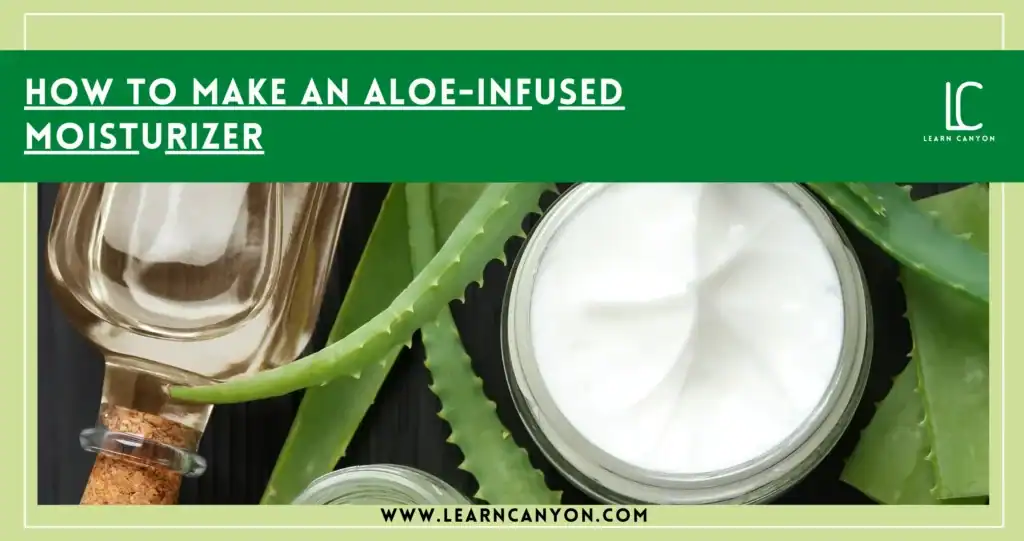Let’s be honest, when we hear “fermentation,” most of us think of kombucha, kimchi, or maybe that sourdough starter sitting on the kitchen counter. But in the world of organic skincare?
Fermentation is making waves for all the right reasons.
As a formulator deeply rooted in both tradition and innovation, I’ve seen firsthand how fermentation has transformed the way we look at botanical ingredients. It’s not just a passing trend, it’s a smart, skin-savvy move. Why? Because fermentation breaks down plant materials into smaller, more bioavailable molecules. That means your skin absorbs more nutrients, faster, and with better results.
This natural process doesn’t just supercharge your actives, it often makes them gentler, more potent, and even more stable. Whether you’re formulating a serum, cream, or toner, fermented extracts can elevate your product’s efficacy without compromising its organic integrity.
So if you’re a skincare lover or a budding formulator wondering what the buzz is all about, trust me, you’re about to discover one of nature’s most beautiful synergies between science and skin.
What Is Fermentation, Really?
Let’s break it down, formulator-to-formulator.
Fermentation is essentially a natural transformation. It’s a biological process where microorganisms, like yeast, bacteria, or enzymes, break down substances (usually complex organic compounds) into simpler, more beneficial forms. Think of it as nature’s way of pre-digesting ingredients so your skin can absorb them more easily and effectively.
In skincare formulation, fermentation takes a botanical extract and makes it more bioavailable. For example, a raw green tea extract is already great, but once fermented, it becomes richer in amino acids and antioxidants, and even gentler on the skin.
There are different types of fermentation too, aerobic (with oxygen) and anaerobic (without oxygen). Both can yield potent skincare ingredients depending on the source and desired outcome. The process can also produce probiotics, postbiotics, enzymes, and peptides, all of which contribute to a healthy skin barrier and vibrant complexion.
In simple words? Fermentation unlocks the full potential of your ingredients. It’s like turning a beautiful melody into a full symphony, and your skin is the audience that reaps the benefits.As a formulator, when I started exploring fermented actives, it completely changed how I viewed traditional plant extracts. It’s not just about what you use, but how you process it that makes all the difference.
Benefits of Fermented Ingredients in Organic Skincare
Now let’s get into the juicy part, why fermented ingredients have become absolute gems in the toolkit of modern organic formulators (yes, even for us plant-purists!).
When we ferment botanical extracts, something magical happens at the molecular level. These ingredients are not just “processed”, they’re enhanced. Here’s why formulators like me are leaning into this:
Better Bioavailability
Fermentation breaks down large, complex molecules into smaller ones that are easier for the skin to absorb. So, rather than sitting on top of the skin, your ingredients are actually doing the work, soothing, nourishing, hydrating deep within.
More Potent Actives
Many fermented extracts become richer in vitamins (like B-complex), amino acids, peptides, and antioxidants. Think of it as boosting your botanical’s superpowers, without adding anything synthetic.
Gentler on Sensitive Skin
Surprisingly, fermentation can actually reduce potential irritants. When harsh compounds are broken down, they often become gentler and more skin-friendly, perfect for reactive or delicate skin types.
Support for the Skin Microbiome
Some fermented ingredients offer prebiotic or postbiotic support. This means they help create a healthy environment for your skin’s natural flora, which is essential for barrier health and resilience.
Natural Preservation Perks
Fermentation can naturally help inhibit the growth of harmful microbes, giving your formula an added layer of protection. Of course, we still use proper preservatives, but it’s a lovely bonus in clean formulations.
So yes, while the fermentation process sounds a bit “science-y,” its benefits are incredibly aligned with organic and holistic skincare. It’s the perfect example of how ancient wisdom and modern formulation techniques can beautifully coexist, something I truly live for in my craft.
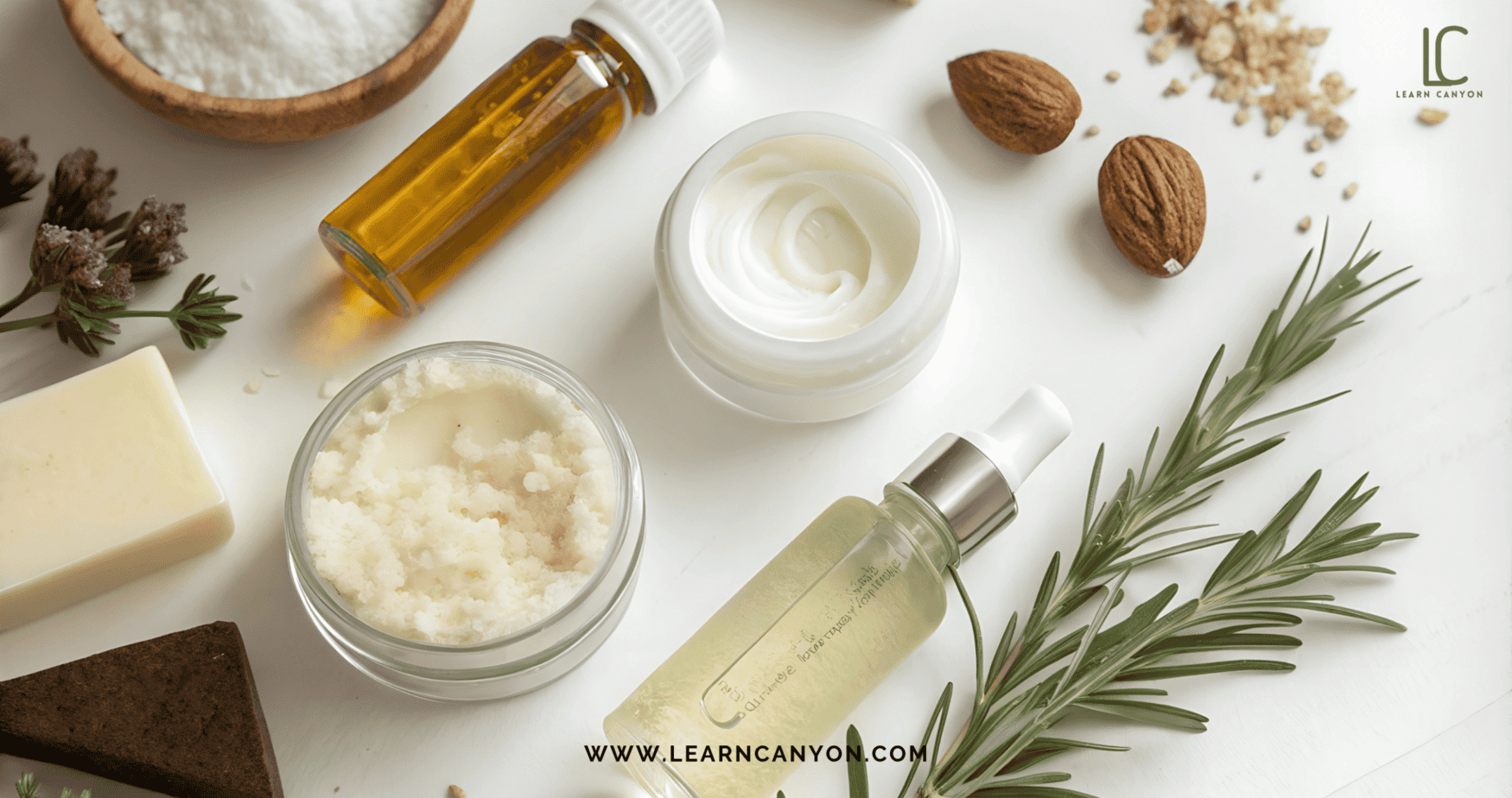
Top Fermented Botanicals Loved by Formulators
Let’s talk favorites, because once you dive into fermented ingredients, it’s hard not to fall in love with a few star players. These are the fermented botanicals that formulators like me (and likely you too, very soon!) just can’t stop reaching for. Why? Because they bring so much more than just pretty names to the INCI list.
Fermented Rice (Oryza Sativa)
If you’ve ever admired that radiant, glass-like glow in K-beauty, fermented rice might be the secret. Packed with amino acids, enzymes, and antioxidants, this ingredient hydrates, brightens, and improves skin texture. It’s soothing, and even helps reduce hyperpigmentation over time.
Fermented Green Tea (Camellia Sinensis)
Green tea is already a skincare darling, but ferment it, and boom, it becomes a powerhouse. Fermentation increases its polyphenol content, making it more antioxidant-rich and anti-inflammatory. It’s perfect for acne-prone or inflamed skin and works beautifully in calming serums and toners.
Fermented Aloe Vera
You already know how nourishing aloe is, but fermented aloe is on a whole new level. It delivers deeper hydration, improved nutrient delivery, and better skin-soothing properties. It’s my go-to for sensitive skin formulas and barrier-repair blends.
Fermented Licorice Root (Glycyrrhiza Glabra)
One of the most underrated brighteners. When licorice root is fermented, it becomes more stable and more potent in its ability to tackle pigmentation, calm redness, and even support the skin’s natural microbiome.
Fermented Seaweed / Algae
Marine botanicals + fermentation = skin magic. Fermented seaweed offers deep mineral nourishment and improved antioxidant protection. It’s fantastic for anti-aging and skin-firming formulas. Plus, it gives that spa-like feel we all love.
Each of these ingredients has traditional roots in skincare rituals, but fermentation just turns up the dial on their effectiveness. It’s like discovering a remix of your favorite song, familiar, but fresher, deeper, and more powerful.
When I formulate with these, I feel like I’m giving the skin not just nutrients, but nutrients that are ready to work. And honestly, that’s what smart skincare is all about.
How Fermentation Enhances Ingredient Efficacy
Here’s where things get extra exciting, because fermentation doesn’t just change ingredients, it elevates them. As a formulator, I always say: it’s not just what you use, it’s how it’s processed that makes all the difference. And fermentation? It’s a total game-changer when it comes to getting more out of your raw materials.
Smaller Molecules = Better Absorption
Fermentation breaks down large compounds, like starches, proteins, and polysaccharides, into smaller, more bioavailable forms. Think peptides instead of full proteins, or simple sugars instead of complex carbs. This means the skin can absorb and utilize these actives faster and more effectively.
Enhanced Nutrient Profile
This is one of my favorite perks. During fermentation, beneficial by-products like amino acids, B vitamins, enzymes, and organic acids are created. These add layers of nourishment that weren’t there in the original extract. It’s like your ingredient goes through a nutritional glow-up.
Stabilized Actives
Some compounds that are typically unstable, like antioxidants or flavonoids, can become more stable after fermentation. That means your formulations stay potent for longer, without the need for synthetic stabilizers. That’s a big win in organic skincare.
Gentler on Skin
Here’s something not many people realize: fermentation can detoxify plant materials by reducing potential allergens or irritants. So, if an herb was slightly too harsh for sensitive skin, fermentation might actually mellow it out and make it more suitable for delicate or reactive skin types.
Microbiome-Friendly By Nature
Many fermented ingredients bring in probiotics, postbiotics, or prebiotic support. These don’t just nourish the skin, they help balance its microbiome, support the acid mantle, and promote a more resilient barrier.
So when I look at a fermented extract, I don’t just see a trend, I see a refined version of nature. It’s the difference between raw and aged cheese, or grapes and fine wine. And for us as formulators, that refinement allows us to deliver results that are deeper, smarter, and beautifully aligned with skin biology.
Fermentation isn’t just functional, it’s transformational.
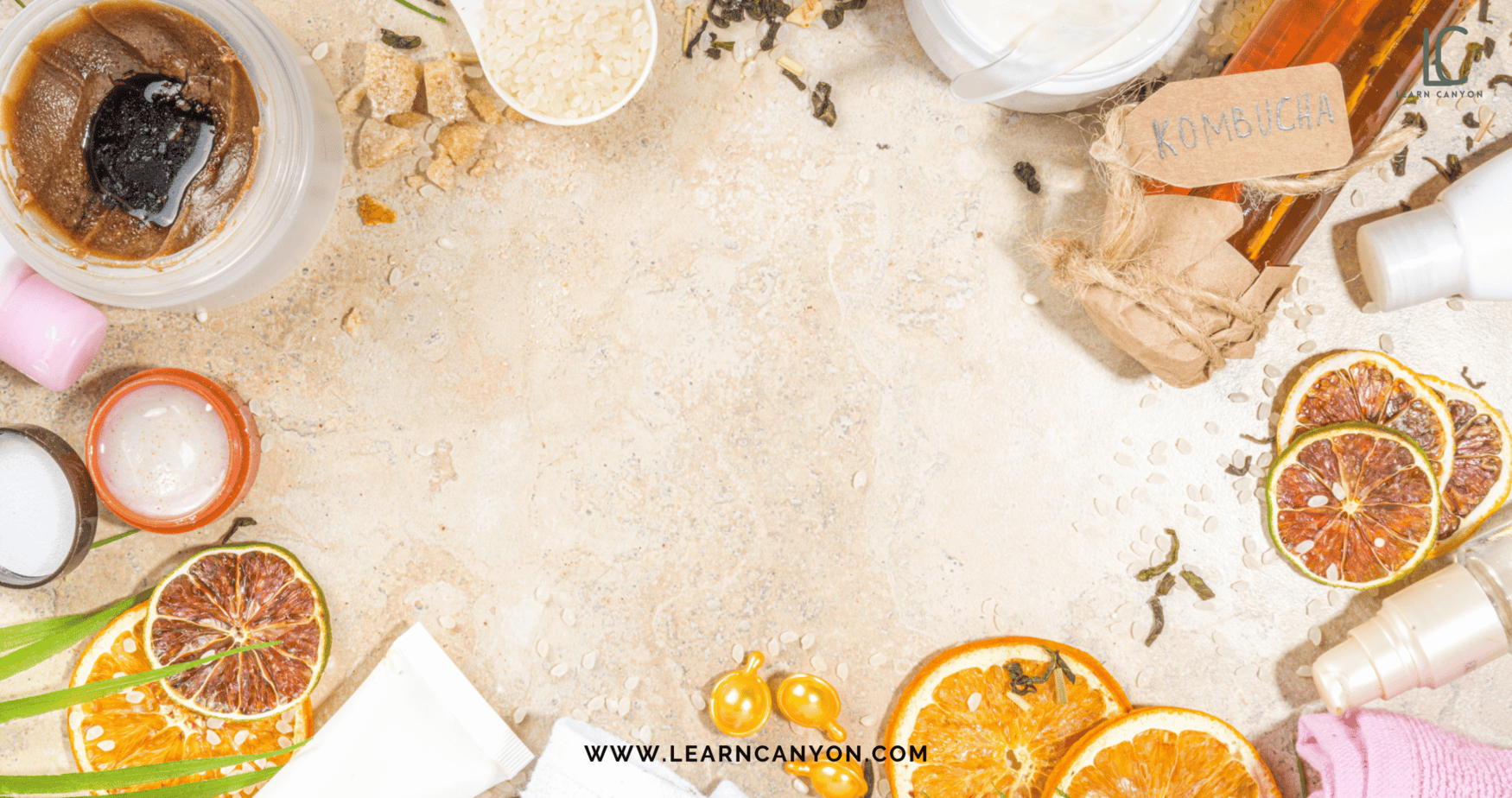
Formulation Tips: Working with Fermented Extracts
Alright, now that we’ve fallen in love with fermented ingredients (and it’s hard not to, right?), let’s talk about the real deal, how to actually work with them in your formulations.
Fermented extracts are powerful, but they can be a little… finicky. And as someone who’s had her fair share of “oops” moments in the lab, trust me, these tips will save you time, money, and a few formulation headaches.
Check Compatibility with Your Preservative System
This is big. Fermented extracts often contain live or semi-active components, so you must make sure your preservative system is strong enough to handle them. I recommend broad-spectrum preservatives, especially those proven effective in low pH, water-based formulas.
Watch the pH Range
Most fermented ingredients perform best at a slightly acidic pH, around 4.5 to 5.5. Always check the supplier’s specs, and make sure your final formulation sits comfortably in that range. Too alkaline? You’ll lose the potency (and possibly the stability).
Avoid Overheating
Fermented extracts are delicate. If you’re formulating an emulsion, always add them in the cool-down phase, typically below 40°C. High heat can denature the bioactive compounds and defeat the purpose of fermentation altogether.
Mind the Scent & Color
Here’s the fun (and sometimes frustrating) part, some fermented extracts come with strong, earthy scents or a murky brown hue. If you’re creating a luxury-feel product, you’ll need to mask it creatively with essential oils or natural aromatic blends. Or embrace it! Earthy can be beautiful when branded right.
Start Small, Test Often
Don’t go pouring 10% fermented licorice extract into your base cream just yet. Start with 1-3%, test for texture, stability, and efficacy. Some fermented actives are powerful enough to work beautifully even at low percentages.
Pair Thoughtfully
Fermented ingredients pair beautifully with hyaluronic acid, panthenol, niacinamide, and ceramides. They complement barrier-restoring and hydrating formulations like a dream. But be cautious when blending with highly acidic or highly alkaline actives, test your formula stability every step of the way.
In short? Fermented ingredients are like high-performance athletes, they can elevate your formulation like nothing else, but they require the right conditions to truly shine. Treat them with care, formulate with intention, and you’ll have a product that doesn’t just look good on the shelf, it works wonders on the skin.
And that, my friend, is where the real formulation magic lies.
Brand Case Studies: Who’s Doing It Well
Let’s step out of the lab for a moment and into the real world, because seeing how fermentation is used successfully by top clean beauty brands is not only inspiring, it’s also incredibly helpful as a formulator.
These are a few standout brands that have mastered the art of fermented skincare and are doing it in a way that’s both effective and market-savvy. Let’s peek into their formulation playbooks.
Whamisa (K-Beauty Trailblazer)
Honestly, no fermentation conversation is complete without Whamisa. This Korean brand built its entire identity around fermented botanicals. Think fermented flowers, fruits, and seeds, all organically sourced. Their Organic Flowers Deep Rich Essence Toner is a cult favorite, and it’s packed with fermented dandelion, lotus, and chrysanthemum. What I love as a formulator is how they’ve kept the formulas minimal, yet potent, and beautifully textured.
Juice Beauty (Certified Organic with a Twist)
Juice Beauty cleverly incorporates fermentation into their organic fruit juice base. Their Green Apple Peel and Stem Cellular lines showcase fermented apple juice, grape juice, and plant stem cells that enhance antioxidant delivery and exfoliation. It’s a brilliant way of using fermentation not just for efficacy but also for creating unique, brand-defining narratives.
Aromatica (Botanical + Ferment Hybrid)
Aromatica blends aromatherapy with high-performance fermentation. Their Reviving Rose Infusion line uses fermented rose and aloe to deeply hydrate and soothe the skin. What I admire is their clean, sensory-forward approach, soft textures, subtle natural scent, and transparency in sourcing and processing.
Gallinée (Probiotic and Postbiotic Powerhouse)
A true microbiome-focused brand, Gallinée uses fermented lactobacillus, lactic acid, and prebiotic fibers in everything from face creams to cleansing bars. Their Face Vinegar is a lovely example of how fermentation can bring out both clarity and glow without harsh exfoliants. Plus, they’ve done a stellar job educating consumers about the skin microbiome, which is something we, as formulators, should definitely be doing more of.
These brands prove that fermentation isn’t just a “nice-to-have”, it can be the star of your formulation story. Whether you’re building a minimalist line or an Ayurvedic-modern fusion range, fermented botanicals open up so many possibilities for innovation, efficacy, and storytelling.
And the best part? You don’t have to mimic these brands, you can create your own version of fermented beauty, aligned with your roots, values, and formulation philosophy. That’s where the real brand magic begins.
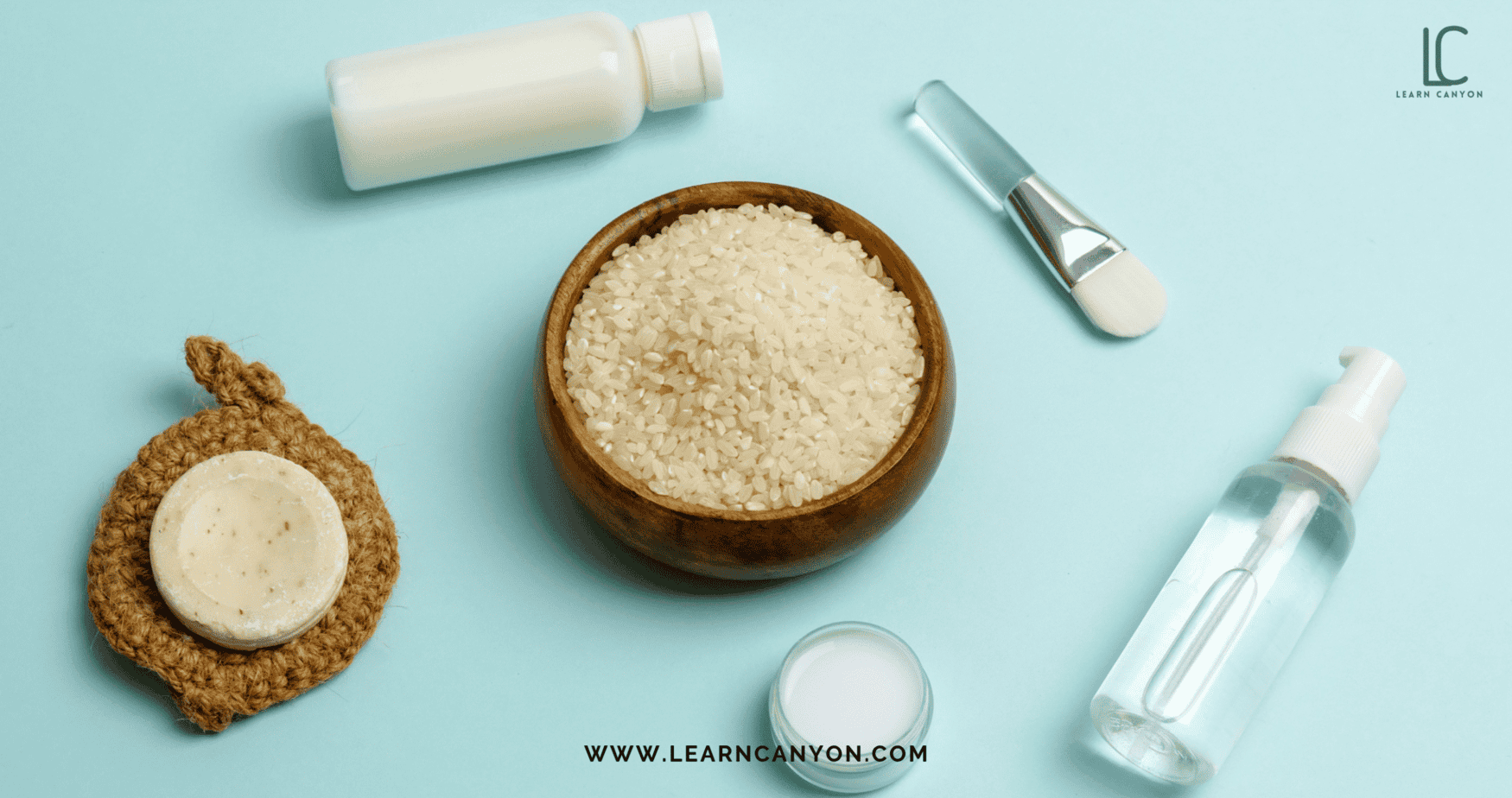
Sample Organic Formulas with Ferments
Alright, now comes the fun part, let’s get our hands (or at least our imaginations) into the lab! I want to share two of my go-to organic formulations that use fermented ingredients beautifully. These are designed to deliver results, feel luxurious, and stay aligned with clean, conscious skincare principles.
These aren’t just ideas, they’re tested, loved, and 100% doable whether you’re an indie brand or a home formulator.
1. Hydrating & Balancing Fermented Aloe Toner
This toner is a dream for all skin types, especially sensitive or barrier-compromised skin. It’s feather-light, pH-balanced, and delivers a potent shot of hydration and calming nutrients.
Formula Highlights:
- Fermented Aloe Vera Juice – Qs%
Soothes, hydrates, and provides postbiotic skin support - Cucumber Hydrosol – 20%
Cooling, refreshing, and lightly astringent - Panthenol (Provitamin B5) – 2%
Deeply moisturizes and calms inflammation - Niacinamide – 3%
Brightens and strengthens the skin barrier - Lactobacillus Ferment Lysate – 5%
Balances the skin microbiome and enhances resilience - Preservative (EcoCert-approved) – 1%
- pH Adjuster – to maintain at ~5.0
This toner works wonderfully as a prep step before serums and moisturizers. You can even mist it throughout the day for a dewy refresh.
2. Radiance-Boosting Fermented Rice & Licorice Serum
This one’s a glow-giver and a gentle brightening hero. Lightweight, non-sticky, and rich in fermented actives, it’s great for dull, tired, or uneven skin.
Formula Highlights:
- Aloe Vera Juice (Base) – Qs
- Fermented Rice Water Extract – 20%
Rich in amino acids, vitamins, and enzymes for radiance - Fermented Licorice Root Extract – 5%
Brightens and calms irritation - Hyaluronic Acid (LMW + HMW blend) – 1.5%
Hydration across multiple skin layers - Green Tea Glycerite (optional fermented version) – 10%
Antioxidant-rich and anti-inflammatory - Allantoin + Beta Glucan – 1%
Soothing and barrier-repairing - Lactobacillus Ferment Filtrate – 5%
Probiotic postbiotic support for overall skin health - Preservative + pH adjuster – 1% (target ~5.2ph)
This serum sinks in beautifully and plays well under both creams and makeup. Bonus: It’s safe for daily use, even for sensitive skin types.
These are just the starting points, but they show how fermented ingredients can be seamlessly woven into your formulations, boosting both performance and story.
If you’re teaching or creating for your brand, showing clients how you’re formulating with intention, using fermented actives for a reason, not just a trend, makes all the difference.
Conclusion
If there’s one thing I truly believe as a formulator, it’s this, nature never goes out of style, but innovation gives it a fresh voice. And fermentation? It’s that voice.
We’re no longer just blending herbs and oils; we’re collaborating with microbes, enhancing what plants already offer us, and unlocking deeper layers of efficacy. That’s what makes this such an exciting time in organic skincare formulation. We’re not abandoning tradition, we’re evolving it.
Fermented ingredients bring a beautiful synergy of science and soul. They allow us to formulate products that are not only gentle and natural, but also incredibly smart, absorbing better, working deeper, and even supporting the skin’s microbiome in the process.
Whether you’re a budding formulator, a conscious brand founder, or simply someone passionate about clean beauty, embracing fermentation is like opening the door to the next level of skincare. Thoughtful, intentional, and undeniably powerful.
So let’s keep creating with purpose. Let’s formulate with heart, backed by the wisdom of nature, and the brilliance of biology. The future of organic skincare is here, and it’s fermented.


